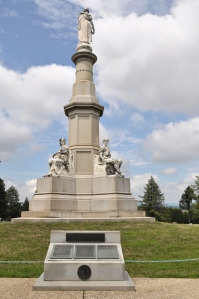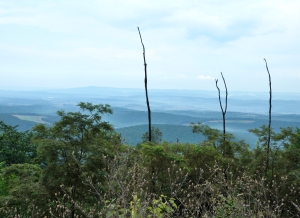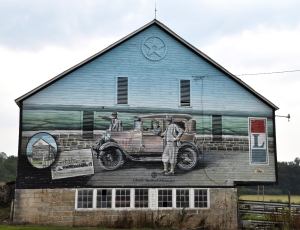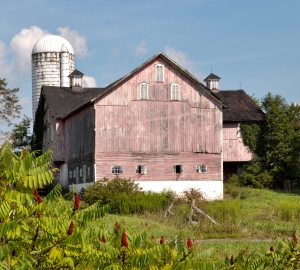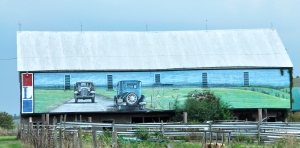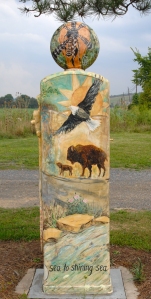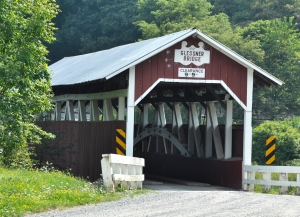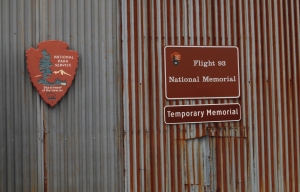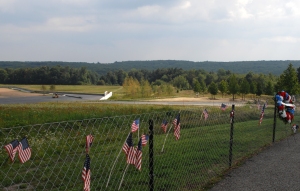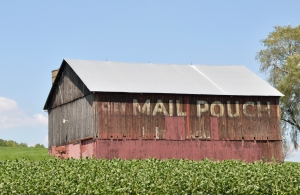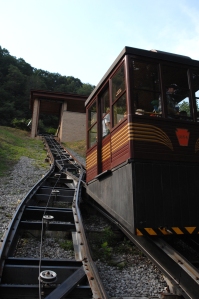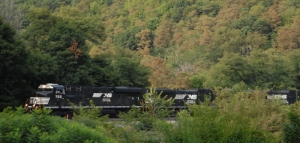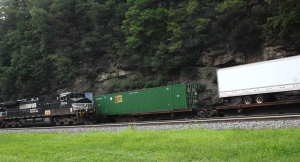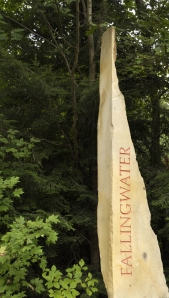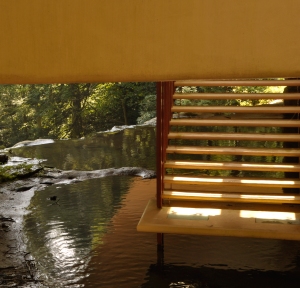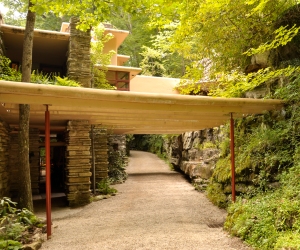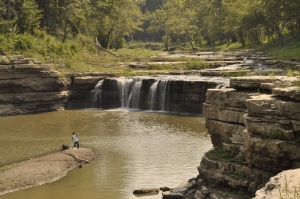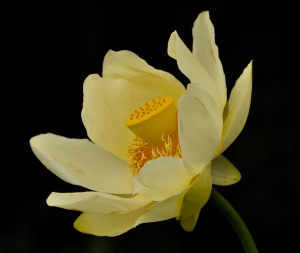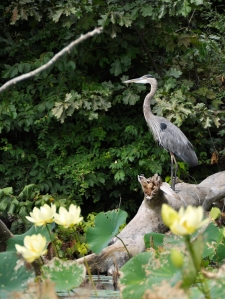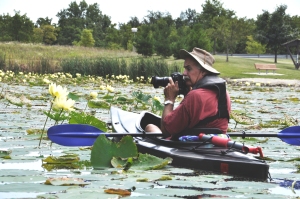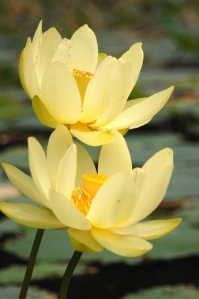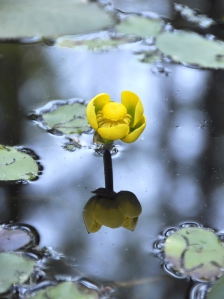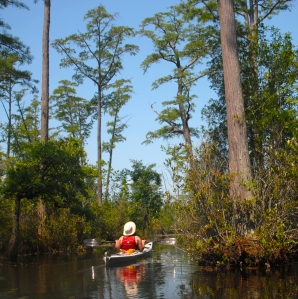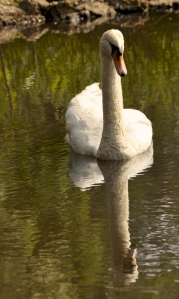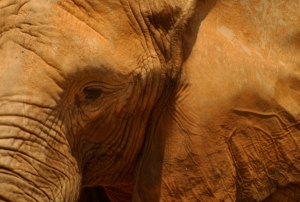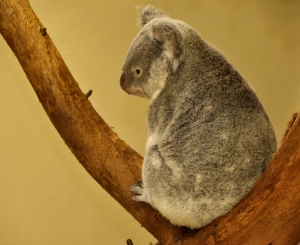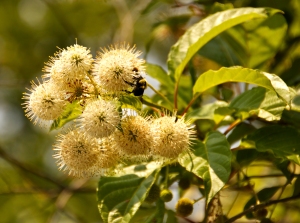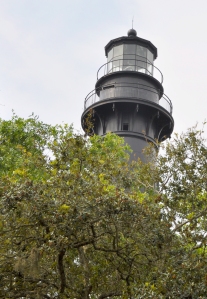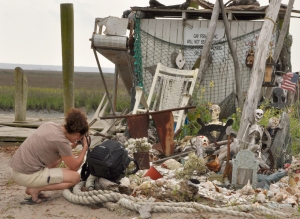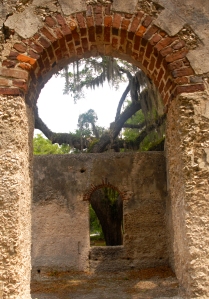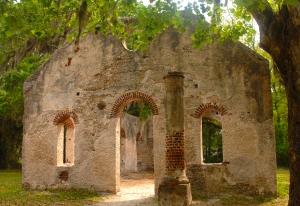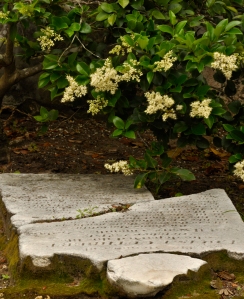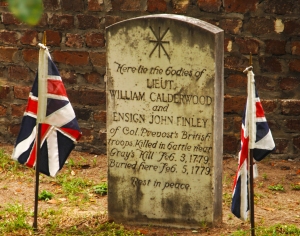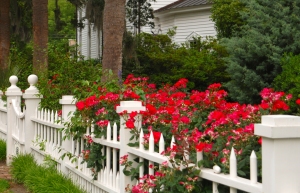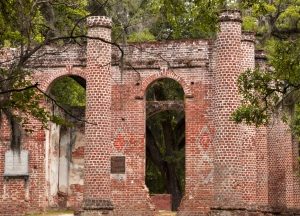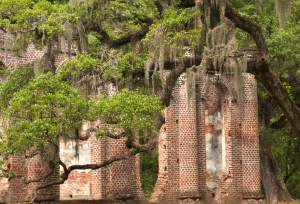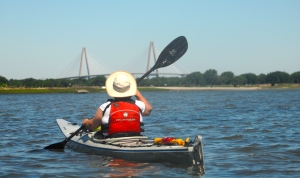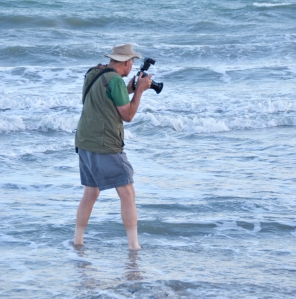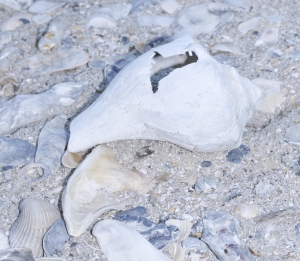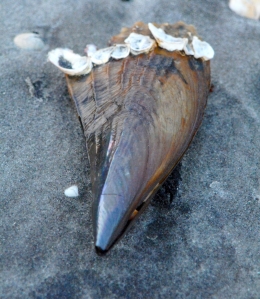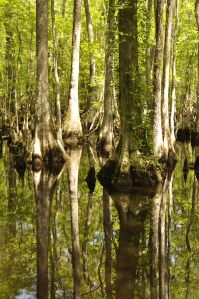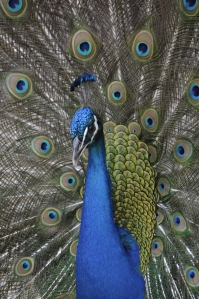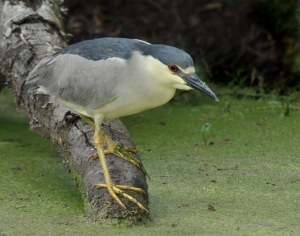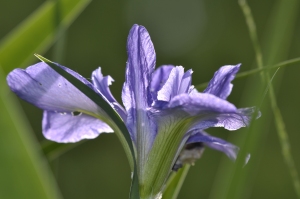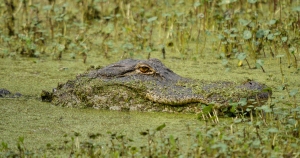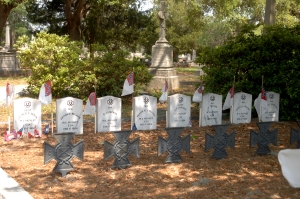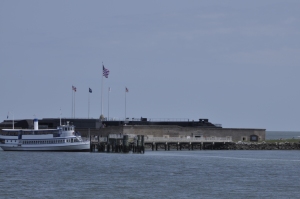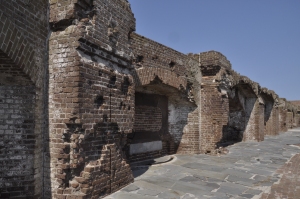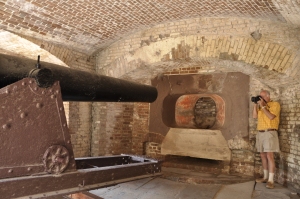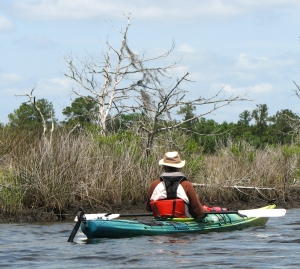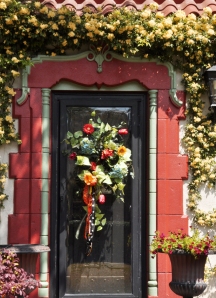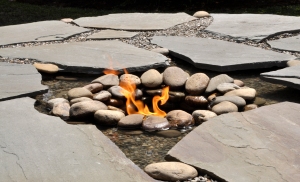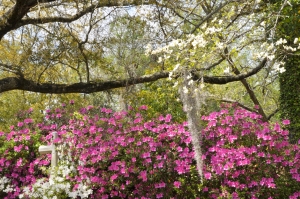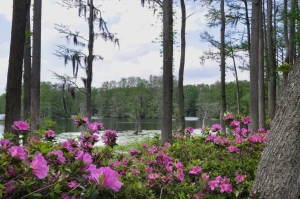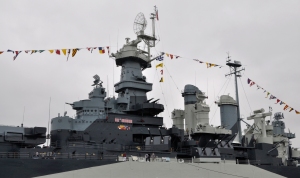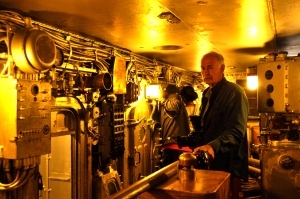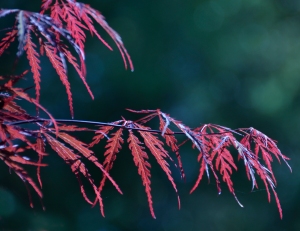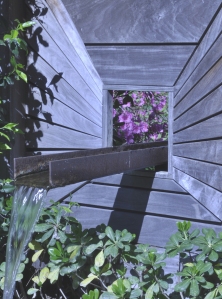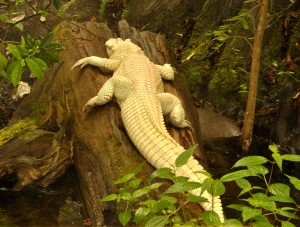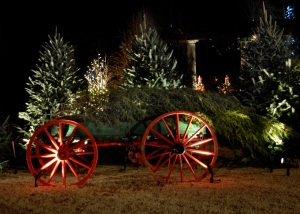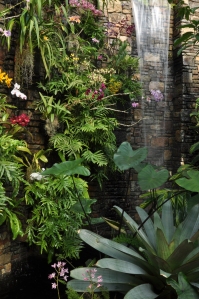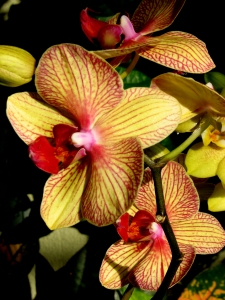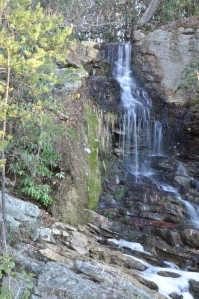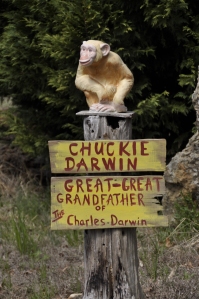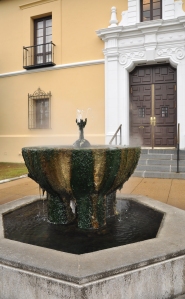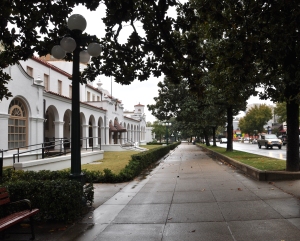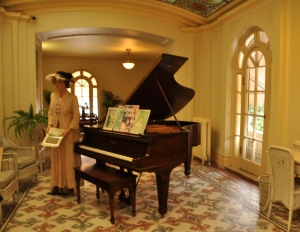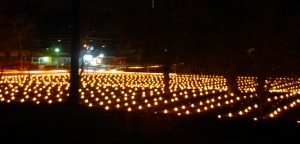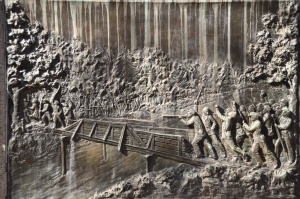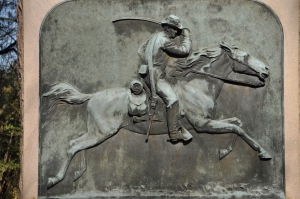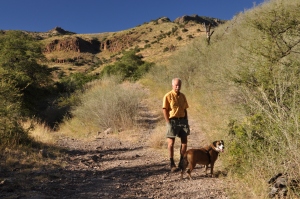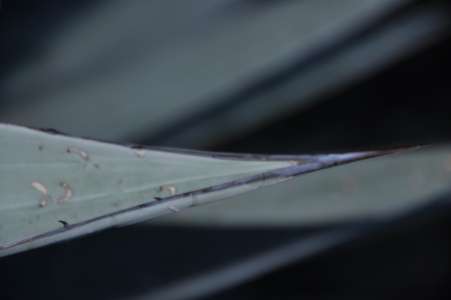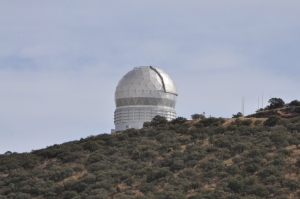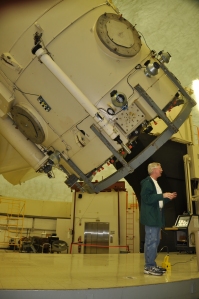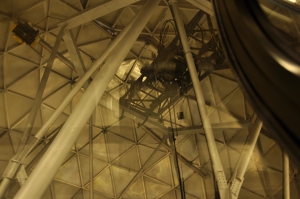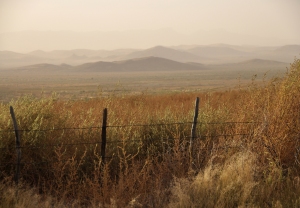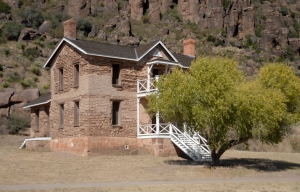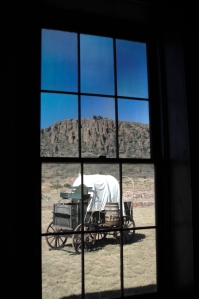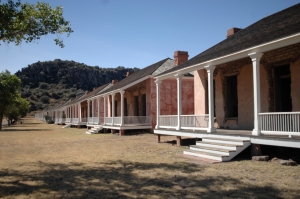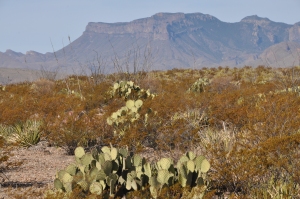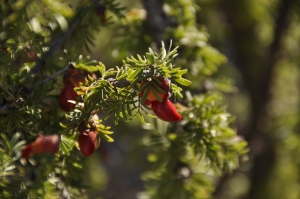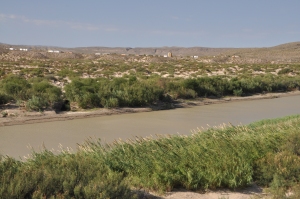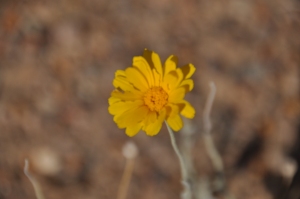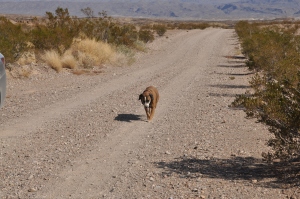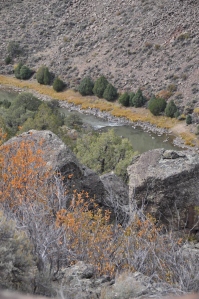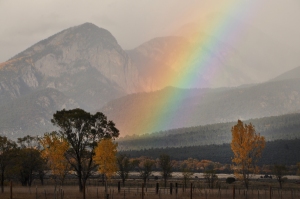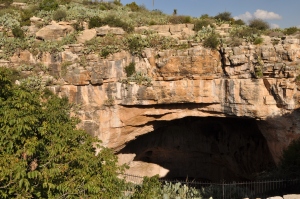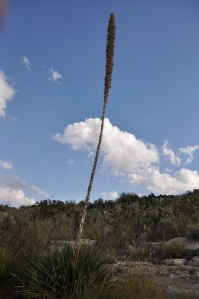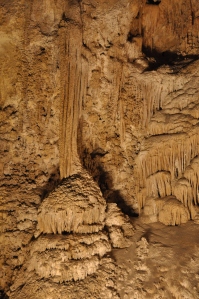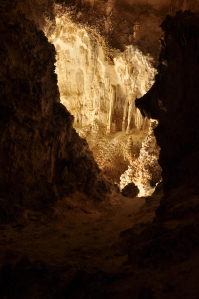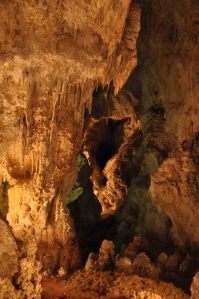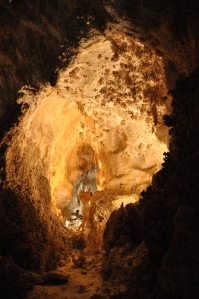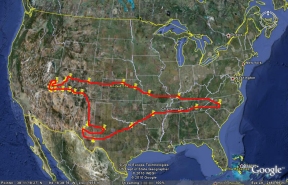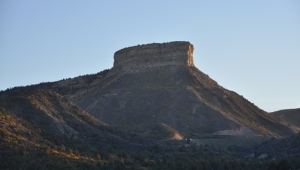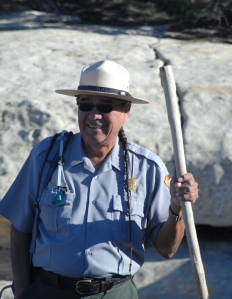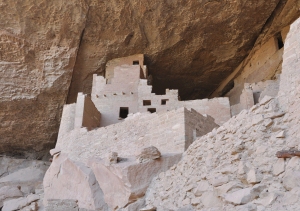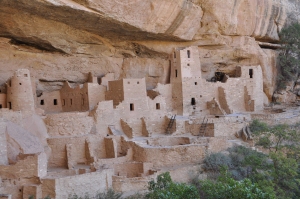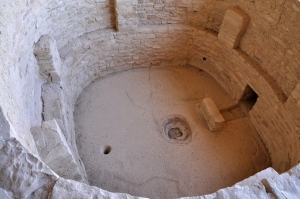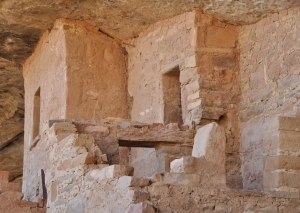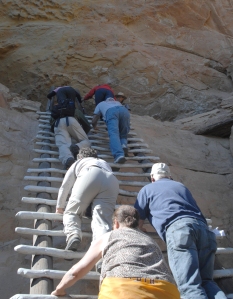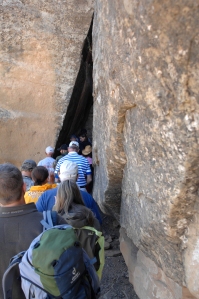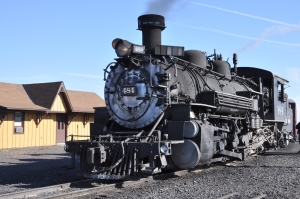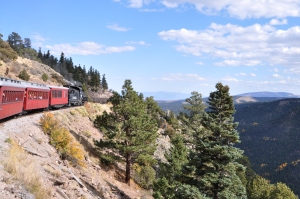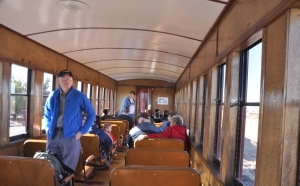Unlike our trip out West in 2010 that took months of planning this trip was “born” while talking after dinner during our trip to Columbia, SC and Lake Wateree, SC in June 2011. Steve had bought property in 2007 at the Twin Rivers subdivision of Ashton, Idaho for his retirement home. Then we were reacquainted and as they say that’s the rest of the story. So the land went on the market and the economy went in the toilet. Since this area is mostly farmland and summer homes nothing was selling and prices had crashed. We couldn’t sell it for what we owed. By 2012 we either had to pay it off, refinance and keep paying for something we weren’t using or convert to a construction loan. Our decision was to build but spend the hard winter months in our RV someplace WARM!!! After all you can’t expect a southern transplant of 40 years to get her Yankee corpuscles back that fast!
We began researching home plans and found one that met our needs. It will be a raised ranch style plan. At first we wanted a log home. The price quickly made that not feasible. We decided on a frame home with log siding and log accents. Through a neighbor in Idaho we were referred to a builder. After phone calls and e-mails with him we felt comfortable in our choice and decided to make a trip to Idaho to get the process started. Now many folks would have flown out or driven in a straight line. Not us. We meandered along for 3 weeks and took in sights along the way. So back for your entertainment by popular demand (well one person asked for it) is our blog. (I’ve put my thoughts and some after the fact comments in green. Chari) Steve will comment in blue.
We left Charlotte, NC on August 8, 2011 with temperatures in the high 90’s and humidity to match. Our first stop would be Claytor Lake in Virginia. We’ve driven to Pennsylvania through western Virginia along I- 81 often and said “we need to stop at Claytor Lake sometime” A few days at the lake in the hot humid weather was just perfect. RV sites with electric and water are not reservable. When we got there the best sites were taken and unlike most state parks where sites are well spread out, these resembled commercial parks where sites are close together and minimally shaded. The non-electrical sites were in an older section with full shade and private. If we ever go at another time of year, that’s where we’ll stay. When we arrived it was still hot and sticky. Then there came a thunderstorm and a drastic change in the weather. The next four days were perfect summer weather with moderate humidity. It felt wonderful. We hung out at the campsite the first day as Opal wasn’t feeling well. She’d had too many spare rib bones two nights before. Bad dog parents! The campground host came by that afternoon as we sat under thawning reading and asked “haven’t you folks moved since getting here?” We had taken several walks and a drive that day. We found a small local history society museum called The Wilderness Road Museum. It was dedicated to local history and the westward expansion along the Wilderness Road used by pioneers including Daniel Boone.
By Wednesday Opal was OK so we headed off to kayak. The boat ramp was thickly covered in algae. Chari remember thinking “I need to be very careful. This is going to be very slippery” No sooner had I completed that thought than my feet were in the air and above my head. Steve said it looked like a cartoon. Down she came on the cement. It literally knocked the wind out of her. Steve was really scared. When I regained my breath and could talk it seemed that I was all right. I had 2 swollen areas on my hands (hematomas), a small, deep cut on my left elbow but could move without pain. I had bruised my left ribs. The safety vest I wear when boating had cushioned the fall. I was thankful I had no serious injuries. Another of my nine lives used up! Once she crawled off the algae and checked again we moved off the ramp to a dirt launch site. We had a good paddle. The lake has lots of development beyond the park boundaries. We found a secluded cove and an old boat dock partially submergered where we sat in the shade for a while. A few days later it would become obvious that I had broken a rib or two and chipped my elbow. You probably wonder how I could kayak with a broken rib. It didn’t hurt doing while paddling but bending over to put on shoes or changing position in bed well that was another matter. It took about three weeks before I could move without grimacing. The lake was beautiful and we had three good paddle trips. Arrowhead, buttonbush and daisies were blooming all over. In the evening Opal, the three of us would take long walks to the beach after swimming hours. We coaxed Opal into the water. This is the dog who is scared of any moving water. When she finally got her tummy wet it was a celebration. On the last night we were run off the beach along with at least six other dogs and their owners. It seems it is illegal for dogs to be on swim beaches in Virginia. (As Steve was working on a book about the trip to Utah last year at www.Blurb.com, he mentioned that there seemed to be a bad trend developing. He pointed to the fall I’d taken in the trailer in Missouri and said “you need to stop having injuries at the start of our trips”)
From August 12-18 we visited with Steve’s sister in Chambersburg, PA trying to help out a bit while other family members had surgery. We did take one day to tour Gettysburg National Battlefield. Two years ago we’d stopped at theVisitors Center and had seen the diorama but didn’t have time to do the tour. Since then we’ve watched the movie “Gettysburg” and Steve has read Shelby Foote’s account. Standing at the site of Devil’s Den we could picture the fear and courage of attacking troops holding the higher ground. The open field below Little Round Top was the site of Pickett’s Charge. I’d love to be there for the 150th anniversary re-enactment in 2013 but we’ll be out west by then. It’s interesting to see how close the turn of events were here. You can’t help thinking what would have happened if Lee had been victorious. Once everyone was recuperating well we headed off to some sightseeing in western Pennsylvania.
Neither of us had spent any time in the area known as the Laurel Highlands. We had decided to make reservations on a stop by stop basis for this trip. For this segment we’d stay at Blue Knob State Park. We had a nicely wooded site with electricity and water from the RV tank. The weather continued cool and pleasant. There were some good trails for walking Opal very near by. This started my 2-3 mile/ day walks through out the trip. Why I don’t keep it up at home I don’t know. I always feel better when I do.
After setting up the RV we took off to explore some back roads. US Route 30 (the Lincoln Highway) runs through Chambersburg and through this area. It is the first east-west road running coast to coast. The road began with the development of the Forbes Trail (named for General John Forbes) and was used to move troops west during the French and Indian Wars 1754-60. Later it became a major route as settlers moved into western Pennsylvania and further west. With the American love of the automobile this route has a legacy and fan following similar to Route 66. We located a barn decorated on three sides with a mural depicting the history of US 30.
On our way to the park the road passed through rolling hills and we’d noticed some very photogenic barns. We hoped to find some on our own… and we did. We found a log church dating from 1806 surrounded by a cemetery and a covered bridge with a barn nearby. After taking church pics we only had a few minutes to look at the old gravestones before a thunderstorm chased us into the car. Go back and take a look at the US 30 barn mural and you will see the old log church shown on it. One caught our eye as it was the Consort of a man also buried there and next to his first wife. We found the grave of a second wife too. He was a very busy man! Another grave was marked on the back “published the first Bible west of the Allegheny Mountains”
There were five sights we wanted to visit while in this area: the Flight 93 National Memorial, the Johnstown Flood National Memorial, Frank Lloyd Wright’s Fallingwater and the Allegheny Railway Portage NHS and Horseshoe Curve. The Flight 93 Memorial to honor those who gave their lives to prevent the 9/11 plane from reaching the capitol was still under construction. It was due to be dedicated in just a few weeks on the tenth anniversary of 9/11. At the time we were there you couldn’t walk down to read the names on the wall. Just being there and reading about the recovery was solemn enough. There will be a 40 bell chime tower built in the future. I’m sure we’ll return again. I overheard a ranger say that unlike most parks that have tours and activities the plans are to leave this site for quiet personal reflection.
The Johnstown Flood Museum National Memorial was something I’d known about for a long time but not in detail. We bought the CD version of David McCullough’s Johnstown Flood and played it after we toured the site. Being able to picture the events made the story that much more realistic. The perfect storm of failed engineering, above average rainfall and a town who’d become complacent to reports of dam failure led to the worst loss of life from flood in the history of the US. Over 2000 people were killed and a town essentially wiped off the map in a matter of hours. Now the valley looks green and peaceful. The museum is well done and the movie is a good overview of events. While there, we chatted with a ranger about photography. She gave us directions to a barn in the area still sporting a Chew Mail Pouch Tobacco sign. We couldn’t resist this opportunity.
Our next day was spent touring a site Steve and I had never heard about, the Allegheny Railroad Portage Museum. This is another NHS site. We grew up in NY State and learned about the Erie Canal and its impact on commerce and westward expansion. To compete with the Erie Canal, Pennsylvania constructed canals from Philadelphia west to the Allegheny Mountains and from Pittsburgh eastward. But how were they to get boats over the mountains? They constructed a clever system using 3 compartment boats which would be split into sections and hauled up over the mountains on railroad flatbed cars using a balanced pulley system and a steam engine. At first rope was used. It had a tendency to break with disastrous results. Then a braided cable was invented by the Roebling family. This is the same family who later built the Brooklyn Bridge. The Allegheny Portage Railroad operated for about 20 years until an engineering marvel called the Horseshoe Curve made it possible to get trains across the mountains. I found the museum fascinating both for an era of history I didn’t know anything about and for the engineering required. We continued on to Horseshoe Curve which is part of the National Railroad Museum (privately run) and a must for any railroad buff. The museum exhibits detail the construction and use of the curve. During World War II this was thought to be so vital to the US economy that a Nazi plan to destroy the curve was exposed. I want to read more about it. We rode the trolley up to view the curve and waited about 30 minutes. No train. We were about halfway down the steps back to the museum when we heard a train coming. Steve ran back up the steps to get a picture. I didn’t even try. Then another train started from the other direction. He photographed them crossing at the apex of the curve. The sad thing is that we think Steve dropped his camera digital card at a rest stop in South Dakota so unless it is hiding somewhere in car that picture will be in our mental album of the pictures that got away. So for this segment as of now, the pictures are mine. I’m glad to be able to add that we did find his photo card so many of the above photos are Steve’s.
Our last day in western Pennsylvania took us to the southwest corner to see Frank Lloyd Wright’s Fallingwater. I’m a lover of the Arts and Crafts movement and have enjoyed many of Wright’s designs which were then ahead of their time and are now so commonly accepted. I’ve had an opportunity to tour his Biltmore Hotel in Phoenix, AZ and found it very informative. Going to Fallingwater has been on my Bucket List for a long time. When Fallingwater was built the idea of incorporating a home into the landscape was avante garde. The Kaufmann family (the father was a department store magnet), owned the property as their weekend getaway. Their favorite place was the waterfall and they asked Wright to place the house near there. To their amazement, he designed it so the house was over the waterfall. Reservations are required to tour the home. We called in the AM and had no trouble getting a PM tour. However the busy months of May and October may require advance planning. This is because the grounds are exquisite. Many people come to see spring wildflowers or autumn color. All tours are in groups of about 10-12 and given by docents. All furniture and artwork is original to the home and is the only one of Wright’s homes to be open to the public with furnishings in tact. Wright designed furniture for its effect on the view rather than comfort. for example the sofas in the living room are very low so that you view an expanse of woods and sky. He was also a dealer in Asian art. Our docent mentioned he made more money trading in art than he did as an architect. One idea we hope to incorporate into our new home is a bookcase built against a wall along a stairway. The oddest thing we saw was a toilet that looked to be only 12” high, like a kid’s toilet but in an adult bathroom. Even as short as I am I’d have trouble using it. At least my feet would touch the ground! The classic photo of Fallingwater is taken from a viewpoint downstream. To reach this spot you walk to down a well maintained path for a quarter mile. It’s impossible to get a picture without people in it during tour hours. The grounds can be toured as well. They can be toured by themselves for a reduced rate. We added a hat pin and ornament to our collection. On the way back to camp we stopped to photograph a huge field of black-eyed susans we’d seen on our way in. We stayed until sunset. Realizing that it would be too late to cook when we got home, we stopped at a local cafe. Just good home cooking. The type of place Diners, Drive-ins and Dives might frequent.
Now we move on through Ohio to Indiana. Our route on US 30 to I-80 took us across Ohio and into central Indiana. We can’t think of how many jokes we made about all of the black dirt along the way as that was all there was to see along I-80. there wasn’t anything else to see! We had made reservations at Cagles Mill Lake (Lieber State Recreation Area) for three nights. Again we had electric hookup but only water from the RV tank. Sites were nicely shaded. The reason for stopping here was to visit with Chari’s cousin Judy in Terre Haute. We didn’t do any sightseeing this time, just visited. We looked through old pictures and Chari took several to scan. One was a picture of her maternal grandmother as a very young woman. She’d never seen her picture other than as an older woman. Judy also gave her a china head doll that had belonged to her mother so it’s over ninety years old. She’d given it to her aunt after her Mom passed away as a remembrance. Her cousin had new clothes made for the doll and new hair put on. She was thrilled!
Her cousin still works part time so we took a few hours to explore the park area. While the falls at Cagles Mill were not flowing very fast in August, these are the highest falls in Indiana. We were going to do a scenic drive through an area of covered bridges but weather and time didn’t cooperate.
From Indiana we were off to western Illinois for a reunion with Chari’s roommate from her Air Force days (1968-1972). Betty and Chari shared an apartment together while stationed at Chanute AFB for about 2 years until Betty was transferred to Thailand and Chari to Oklahoma. They’ve stayed in touch all these years but hadn’t seen each other since 1975! Of course neither one of them had changed! This is one of those friendships that endures and you can pick right up regardless of the time between visits.
We stayed at Rockwood-Morrison State Park. The site had electric and we used RV water. Except for some very pesky mosquitoes at night it was a very good campground. There is a lake at the park so we did kayak one afternoon. We were surprised to find we’d come at a fantastic time. The lake was covered with blooming yellow lotus. We also were able to watch a green heron for an extended time and a blue heron. Chari was particularly pleased with one photo of the lotus taken did close-up with a flash.
We also drove over to Dickson, Ill. which is the childhood home of Ronald Reagan. The home had fallen into severe disrepair and has now been restored beautifully by local volunteers. While we were on the tour and in the kitchen Chari noticed that the dishes his mother had were from a premium gift you could get when purchasing from the Jewel Tea Co. Her father had worked for Jewel Tea in the 1930’s (long before me – Chari) and my mother had the same pitcher and mixing bowl. I don’t know what happened to them. I should have kept them. Apparently they are now a collector’s item.
Now for a long day’s drive across Iowa and southern Minnesota to eastern South Dakota. After a rest stop at an Iowa Visitor’s Center and an armful of brochures I spent several hours planning more trips. We did stop along the way where I-90 crosses the Missouri River (the infamous rest stop…I’ll let Steve explain why) and saw some exhibits about the Lewis and Clark Corps of Discovery. We camped overnight at Vermillion Lake State Park. Since it was just a sleep and eat stop we didn’t even unhitch the trailer. We did take a nice long walk down to the lake and around the campground. After being in the car all day all three of us needed it. Vermillion Lake looks like a place we’d like to have time to paddle. So shall I say for the first but not last time “When we come back” Steve said that he should put this saying on my tombstone “When I come back…” and bury me with all the travel brochures I’ve collected but not gotten to use in this lifetime. We met another couple at Vermillion Lake who like ourselves are newly retired and traveling the USA. They were on their way to the Tetons. They were from Michigan. When we told them our return route would take us through the Upper Peninsula and down to Grand Rapids, they suggested we plan on seeing Sleeping Bear Dunes National Seashore. Well, you don’t have to ask us twice! So now that’s on the return trip.
From here it was another long day to drive to Custer State Park in the South Dakota Black Hills. There’s so much to talk about there that we’ll take a break here and end Part 1. To be continued…..





